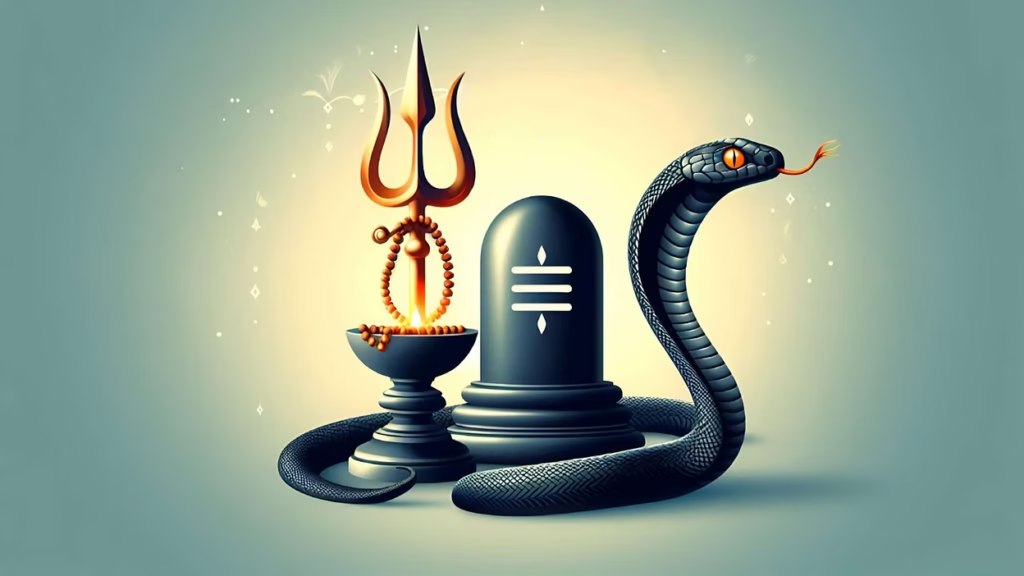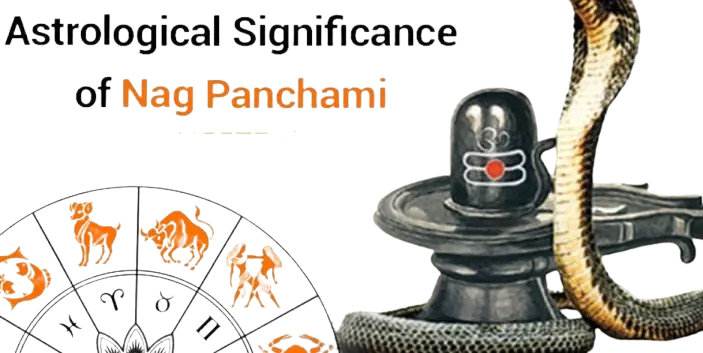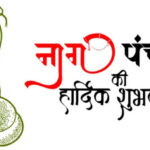Naag Panchami, a sacred Hindu festival dedicated to the worship of serpents, holds immense cultural, spiritual, and astrological significance. Celebrated annually on the fifth day of the Shukla Paksha in the month of Shravan (July-August), this festival honors serpent deities, especially Lord Ananta, Vasuki, and Shesha. In 2025, Naag Panchami has sparked unique attention due to three major themes: confusion over the festival date, viral visuals from a snake parade in Bihar, and a growing interest in zodiac-specific remedies to pacify Rahu and Ketu.
This blog explores each of these trending aspects of Naag Panchami 2025 in detail.
Date Confusion - July 28 or July 29?

One of the most discussed aspects of Naag Panchami 2025 has been the date controversy. With varying interpretations across different Panchangs (Hindu lunar calendars), many devotees were left wondering whether the festival should be observed on Monday, July 28, or Tuesday, July 29, 2025.
The Cause of the Confusion
The confusion stems from the overlap of tithi (lunar date) timings. According to the Hindu calendar:
The Panchami Tithi begins at 11:24 PM on July 28.
It ends at 9:29 PM on July 29.
However, since Hindu rituals are usually performed during the daylight hours and auspicious muhurats (time slots), most spiritual authorities—including Drik Panchang—have recommended celebrating Naag Panchami on July 29, with the shubh muhurat (auspicious time) falling between 5:41 AM and 8:23 AM.
Regional Differences
Some regions still observed the festival on July 28, especially in South India. In contrast, the North Indian states like Uttar Pradesh, Bihar, and Madhya Pradesh largely followed the July 29 date.
SEO Keywords: Naag Panchami 2025 date, Panchami tithi, Hindu festival July 2025, shubh muhurat Nag Panchami
Viral Snake Parade in Bihar

The second most eye-catching aspect of Naag Panchami 2025 was the snake procession held in Samastipur, Bihar, which went viral on social media platforms.
The Spectacle
Videos flooded the internet showing devotees parading through the streets with live snakes—often wrapped around their necks, arms, and shoulders. Some were seen dancing in spiritual ecstasy, while others offered milk to the serpents amidst chants and drum beats.
This visual celebration, although rooted in ancient tradition, stunned many modern viewers. While many praised the devotion, others raised concerns about animal welfare.
Cultural Background
In Bihar and parts of Eastern India, snake worship is not just symbolic. Live cobras are considered manifestations of Naga Devtas, and it is believed that appeasing them can bring fertility, prosperity, and protection from snakebites.
Temples like the Nag Mandir in Darbhanga and Baba Nagendra Temple in Samastipur see massive footfall during this time. The fair associated with the festival also includes folk dances, music, and spiritual storytelling.
Zodiac Remedies & Astrological Significance

In 2025, Naag Panchami also drew interest from astrology enthusiasts due to the perceived planetary alignments involving Rahu and Ketu, the shadow planets often symbolized by serpents.
Rahu-Ketu Dosha and Its Effects
Rahu and Ketu are known for causing disruptions, delays, and spiritual turbulence. The dosha associated with them—Kaal Sarp Dosha—can lead to various challenges in one’s career, marriage, and mental peace.
Naag Panchami is one of the most auspicious days to perform remedies for these doshas. According to astrologers, offering milk, honey, and turmeric to snake idols, and reciting mantras like the Sarpa Gayatri can significantly mitigate negative effects.
Zodiac-Specific Remedies for Naag Panchami 2025
Here are zodiac-based rituals to perform on this sacred day:
Aries (Mesh): Offer white sweets to a silver serpent idol. Chant “Om Namo Bhagavate Vasudevaya.”
Taurus (Vrishabh): Feed milk to a Shivling and offer bilva leaves with a clay snake image.
Gemini (Mithun): Donate green moong dal and wear an emerald ring blessed at a Naga temple.
Cancer (Karka): Light a diya with cow ghee at home altar; offer rice to Naga idols.
Leo (Simha): Perform Rudrabhishek and meditate on Lord Shiva with Naga adornment.
Virgo (Kanya): Wear yellow clothes and feed cows; chant Rahu-Ketu Beej Mantras.
Libra (Tula): Offer sandalwood paste and flowers to serpent statues.
Scorpio (Vrishchik): Visit a Naga temple and donate red cloth and lentils.
Sagittarius (Dhanu): Offer ghee-roti to the poor and chant “Om Sarpa Devaya Namah.”
Capricorn (Makar): Observe a day-long fast and donate black sesame seeds.
Aquarius (Kumbha): Avoid alcohol and meat; donate to snake conservation NGOs.
Pisces (Meen): Meditate near a river or pond; offer milk to anthills if ethically safe.
Rituals & Dos and Don’ts

Common Rituals Across India
Drawing snake images on house walls with red sandalwood or turmeric paste
Worshiping anthills or snake holes with flowers, sweets, and milk
Fasting for the day and eating only once after rituals
Reciting mantras like “Sarpa Stotra” or “Naga Gayatri Mantra”
Avoiding ploughing or digging the earth to protect snake habitats
Regional Variations
Maharashtra: Celebrated as a community event with snake charmers and folk songs
South India: Naga idols made from turmeric and sandalwood are worshipped in homes
Bengal & Odisha: Devotees worship Goddess Manasa, the serpent goddess, especially in rural areas
Final Thoughts
Naag Panchami 2025 offered more than just a spiritual observance—it became a conversation starter across digital platforms, thanks to the date controversy, mesmerizing visuals from Bihar, and deeper exploration into astrological remedies. This festival beautifully bridges the mystical and the practical, offering a reminder that even ancient traditions continue to evolve, spark debate, and inspire devotion in the modern age.
Whether you are spiritually inclined, culturally curious, or astrologically aware, Naag Panchami offers rich symbolism and timeless wisdom for all.
Related posts:
 Nag Panchami 2023 Puja: Date-Timing, Nag Panchami Wishes, Quotes, Images
Nag Panchami 2023 Puja: Date-Timing, Nag Panchami Wishes, Quotes, Images
 Unveiling the Confusion of Rakshabandhan on Date and Time
Unveiling the Confusion of Rakshabandhan on Date and Time
 Vasant Panchami 2025: Date, Time, Muhurat, and Significance
Vasant Panchami 2025: Date, Time, Muhurat, and Significance
 Nag Panchami 2023: Date, Puja Time, Rituals And Significance
Nag Panchami 2023: Date, Puja Time, Rituals And Significance
 Why is the Snake Considered Divine in Hindu Mythology?
Why is the Snake Considered Divine in Hindu Mythology?
 When is Raksha Bandhan 30 Aug or 31 Aug 2023? Remove your confusion.
When is Raksha Bandhan 30 Aug or 31 Aug 2023? Remove your confusion.
